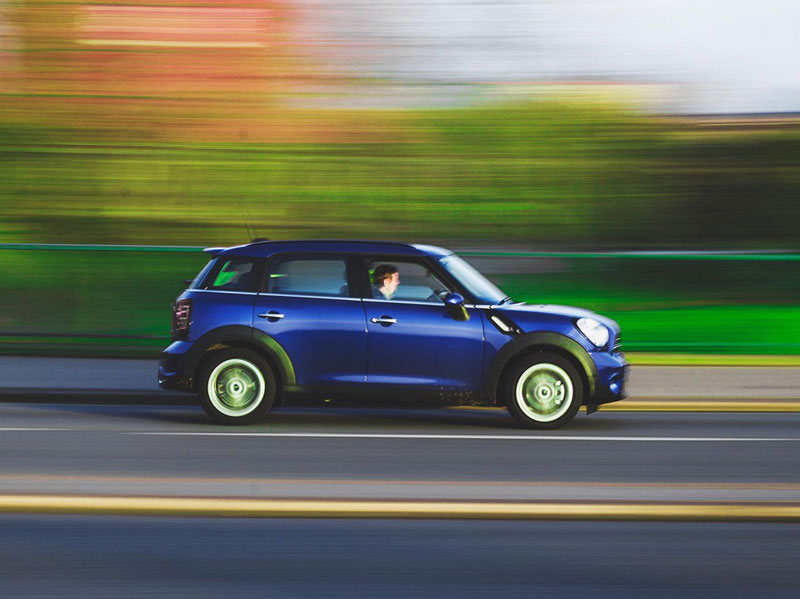So how do you drive more economically?
With the rising price of fuel, we’re all looking at ways of cutting our consumption.
Driving economically has now become known as eco-driving or hypermiling. Simply put, it means changing your driving habits to make the most of your miles per gallon.
Below are some handy tips to help you optimise fuel consumption.

Prepare your vehicle
There are a few things you can do to make your car more efficient before you set off.
First, ditch any excess baggage. The more weight your vehicle is carrying, the harder it has to work. If you’ve got some heavy items in the boot, it’s worth removing them to assist with fuel economy.
Also, remove roof bars and roof boxes if you’re not going to use them, as they cause wind resistance. The Energy Saving Trust reports that when driving at 75mph, even an empty roof rack adds 16% drag. A roof box adds 39% when driving at 75mph. The faster you go, the more drag you experience and the further your fuel efficiency decreases.
Don’t switch your engine on until you’re ready to move off. This may sound obvious, but how often have you sat with the motor running, waiting for someone to get into the car?
In winter, if you have to de-ice, try to clear as much ice from the windows before you turn on the engine. Otherwise, you can be sitting there for a while before your windows are clear enough to start driving.
Check your tyre pressure
Check your tyre pressure regularly, as under-inflated tyres can cause your vehicle to use more fuel.
Your car’s manual will contain the correct tyre pressure for your vehicle. Both underinflated and overinflated tyres can impact fuel consumption.
You can adapt tyre pressure so that it’s at the optimum level for the weight you’re carrying. Your car manual will indicate the maximum recommended pressure for a car that’s carrying four passengers and luggage.
Drive more efficiently
First, stick to the speed limit as going faster uses more fuel.
Gentle acceleration assists with fuel efficiency – it helps to change gears quickly with the lowest revs possible.
It’s difficult to find the optimum speed at which to drive for fuel efficiency because of changing road conditions and gradients. Hypermiling is about adapting the way you drive according to the road ahead.
If you can anticipate changing conditions, you’ll be able to drive more smoothly rather than having to react with sharp acceleration or deceleration at the last minute. Stopping and starting uses more fuel than rolling, so if you can slow down early for traffic lights, you may avoid having to come to a complete stop.
Cut down on electrics such as window heaters, demister fans, headlights and air-con. Turn these off when you don't need them, as they can use engine power and add to fuel consumption.
Get your car serviced regularly
To keep your vehicle in optimum condition, you should ensure it’s regularly serviced.
When your car is in good working order, it will run more efficiently and, as a result, improve your fuel consumption.
Book your car in for a service at your friendly local garage!
Foster & Heanes offers car servicing, maintenance and repair for all makes and models of vehicles, including classic and vintage cars. We can arrange free collection and delivery if you live near our Fleet or Dogmersfield service centres. Find out more at www.fosterandheanesltd.co.uk







